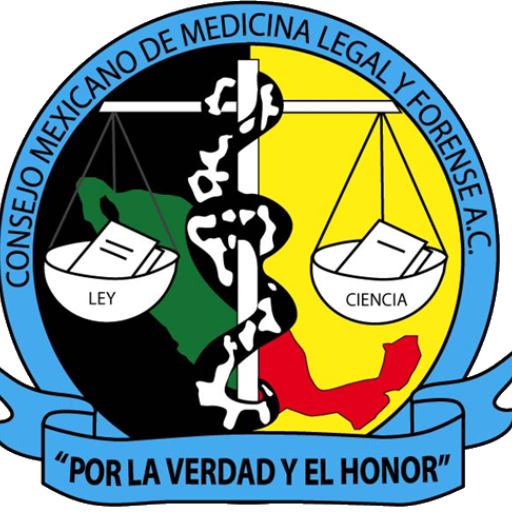Earth Sciences-AI Earth Sciences tool
AI-powered insights into Earth Sciences.
Tell me about plate tectonics.
How do weather patterns form?
Explain the water cycle in detail.
What causes earthquakes?
Related Tools
Load More
Geology Guide
Geology Guide: Advanced AI for Geology, developed on OpenAI

Geo+
Your assistant for quick geospatial analysis

Environmental Science Tutor
Your personal AI tutor by NEOA. I'm NEOA E1 Lite - here to help you with Environmental Science questions from AP, IB, IGCSE, GCSE, A/O Level. I won’t do your work for you, but I will help you learn how to solve them on your own. Can you tell me the proble

IPCC Climate Science Helper
Approachable Expert in Climate Science, Specializing in IPCC-Sourced Knowledge

Geotechnical Engineering
Help with geothchnical problems.

EarthMap - Geography Facts, Maps and Images
Discover geographic info, explore landmarks, view detailed maps, and enjoy vivid visuals.
20.0 / 5 (200 votes)
Introduction to Earth Sciences
Earth Sciences encompass a broad range of scientific disciplines that study the Earth, its structure, composition, and processes. These include geology, meteorology, oceanography, and environmental science, among others. The purpose of Earth Sciences is to understand the past, present, and future of our planet's systems. For instance, geologists study rock formations to understand Earth's history and predict future geological events. Meteorologists analyze weather patterns to forecast weather and study climate change. Oceanographers explore ocean currents and marine ecosystems to understand their impact on global climate and coastal environments. Environmental scientists assess human impacts on the environment and develop strategies for sustainability.

Main Functions of Earth Sciences
Geological Surveying
Example
Mapping fault lines and mineral deposits
Scenario
Geological surveys are conducted to locate natural resources such as oil, gas, and minerals. For example, geologists might use seismic data to map fault lines in California, helping to predict earthquake-prone areas and guide construction regulations to minimize damage.
Weather Forecasting
Example
Predicting hurricanes and storm patterns
Scenario
Meteorologists use satellite data and weather models to predict severe weather events like hurricanes. This information is crucial for disaster preparedness, allowing governments and communities to evacuate areas, secure infrastructure, and mitigate damage.
Environmental Impact Assessments
Example
Assessing the impact of a new highway on local ecosystems
Scenario
Environmental scientists evaluate the potential effects of construction projects on the environment. Before a new highway is built, they might study the impact on local wildlife habitats, water quality, and air pollution, ensuring that mitigation measures are in place to protect the environment.
Ideal Users of Earth Sciences Services
Policy Makers and Government Agencies
These users benefit from Earth Sciences in making informed decisions about land use, resource management, and disaster preparedness. For example, urban planners use geological data to ensure safe construction practices in earthquake-prone areas.
Environmental Organizations and Researchers
Environmental NGOs and academic researchers use Earth Sciences to study and protect ecosystems, biodiversity, and climate. They rely on scientific data to advocate for conservation policies, conduct environmental impact assessments, and advance our understanding of Earth’s processes.

How to Use Earth Sciences
Step 1
Visit aichatonline.org for a free trial without login, also no need for ChatGPT Plus.
Step 2
Ensure you have a stable internet connection and a modern web browser for optimal performance.
Step 3
Identify your specific area of interest within Earth Sciences, such as geology, meteorology, or environmental science.
Step 4
Use the search or query feature to input your questions or topics of interest for detailed explanations and data.
Step 5
Utilize the provided information for your projects, research, or personal knowledge enhancement, and explore related topics for a broader understanding.
Try other advanced and practical GPTs
0_master prompt
AI-powered tool for fast, creative solutions

PERITOMÉDICO
AI-powered clinical and legal analysis

Imagem Master
AI-driven image and content creation.

Net Present Value (NPV)
AI-powered NPV calculator for smart investment decisions

English Redrafts
AI-enhanced content reimagining tool

One Click SEO Optimized Blog Post Writer
AI-powered blog content for SEO success.

Penjelasan Umum
AI-powered tool for comprehensive insights

Pickleball Coach
Enhance Your Pickleball Game with AI

EDM
AI-Powered Tool for Creative Solutions.

Social Media Post GPT
AI-Powered Social Media Posts Made Easy

E-Book Writer
AI-Powered E-Book Creation Made Easy.

Geohub
AI-Powered Knowledge Hub for Geotechnical Engineering

- Research
- Education
- Environment
- Geology
- Climate
Q&A about Earth Sciences
What is the primary focus of Earth Sciences?
Earth Sciences focus on studying the Earth's structure, properties, processes, and its atmosphere. This includes disciplines like geology, meteorology, oceanography, and environmental science.
How can Earth Sciences assist with academic research?
Earth Sciences can provide comprehensive explanations, data, and references for various topics, helping students and researchers understand complex concepts and find relevant information for their studies.
What are common applications of Earth Sciences?
Common applications include natural disaster prediction, climate change analysis, resource management, environmental protection, and urban planning.
Can Earth Sciences be used for personal knowledge enhancement?
Yes, individuals can use Earth Sciences to satisfy their curiosity about natural phenomena, understand environmental issues, and stay informed about recent scientific discoveries.
What makes Earth Sciences a reliable tool?
Earth Sciences is powered by advanced AI, ensuring accurate, up-to-date information and detailed explanations based on a vast database of scientific knowledge.